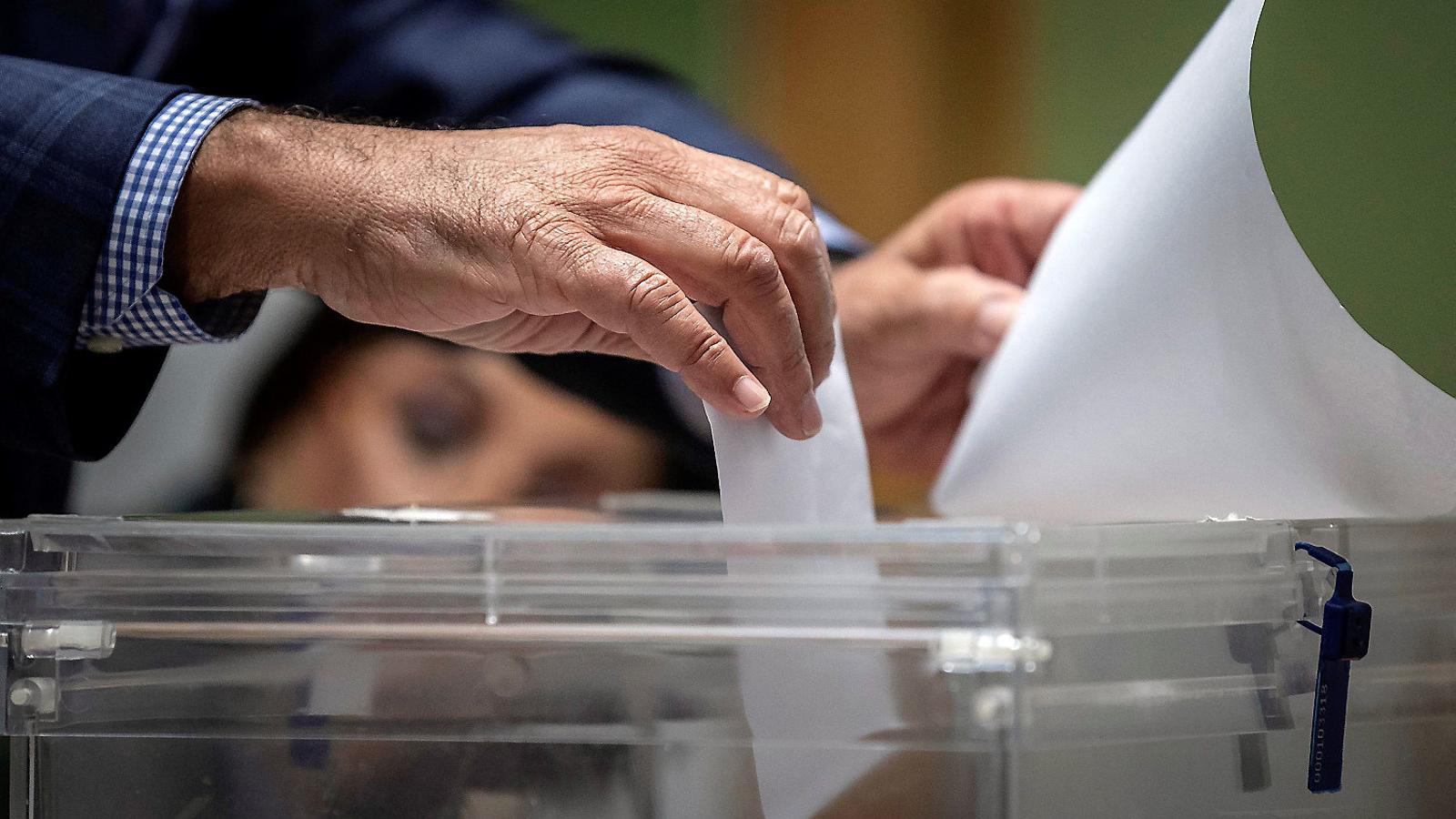Electoral Board reminds Generalitat a blank piece of paper inside an envelope will be considered a null vote
Foreign Office asked for it to be classified as a blank vote and, therefore, a valid vote

The Central Electoral Board has reminded the Generalitat that a blank paper inside the envelope will be considered an invalid vote. "This Board has already reiterated in different occasions that the blank vote is expressed in the way foreseen in the article 96.5 of the Electoral law, which considers as such the envelope that does not contain a ballot paper. It does not foresee the creation of blank ballots", concludes the resolution issued this Sunday. "A blank but valid vote is an envelope that does not contain a ballot paper", stated the Board, quoting the electoral law.
Therefore, anybody wishing to issue a blank vote should not put any papers inside the envelope. The Generalitat had asked to the Board, however, to consider a blank vote envelopes containing a white ballot, since it is included in the documents the Catalan government sent to voters. According to sources of the Department of Foreign Affairs, this was a printing "mistake" and, as several cases have been detected, it decided to ask the Electoral board to consider these votes blank. The request, however, was rejected. "It is of minimal incidence, we calculate that the blank ballot may have reached about 2,000 people", conclude the same sources
What is the difference, in practice, between the blank vote and a null vote? A blank pr protest vote is considered a valid vote, whilst a null vote is not. This affects the distribution of seats. In the system, a party needs to obtain a minimum of 3% of valid votes to obtain a seat. The more valid votes there are, the greater the number of votes a party needs to reach the threshold. In practice, a blank vote, then, can make it difficult for smaller parties to get a seat. On the other hand, an invalid vote (a lined ballot paper, a white ballot paper or any other format) is not counted as a valid vote and is not counted when calculating the 3% percentage.
The real barrier
In any case, the 3% is only the formal barrier. This does not mean that if a list reaches this threshold it necessarily enters Parliament. In practice, if there is a high turnout -especially in districts where few seats are shared out-, the number of votes a candidacy needs to obtain representation ends up being higher. Let's take as an example the 2017 elections to the Parliament, with a turnout of 79%: in Girona En Comú was left without seats despite winning 4.04% of the votes, so that this ended up being the real barrier to get representation in this constituency; the CUP narrowly missed out with 4% of the votes in Tarragona and with 5.04% in Lleida. In Barcelona, on the other hand, there was no party that exceeded 3% and was left out of the chamber (the party with the smallest share of the vote was the PP, which obtained 4.35% of the vote).
